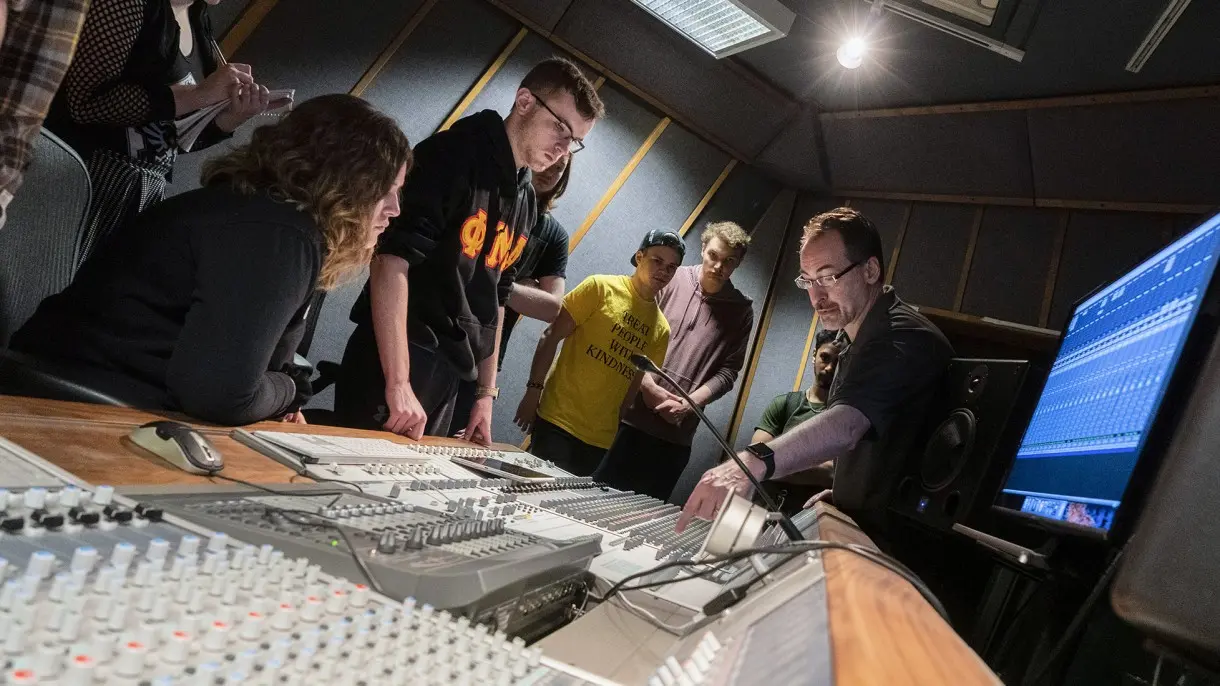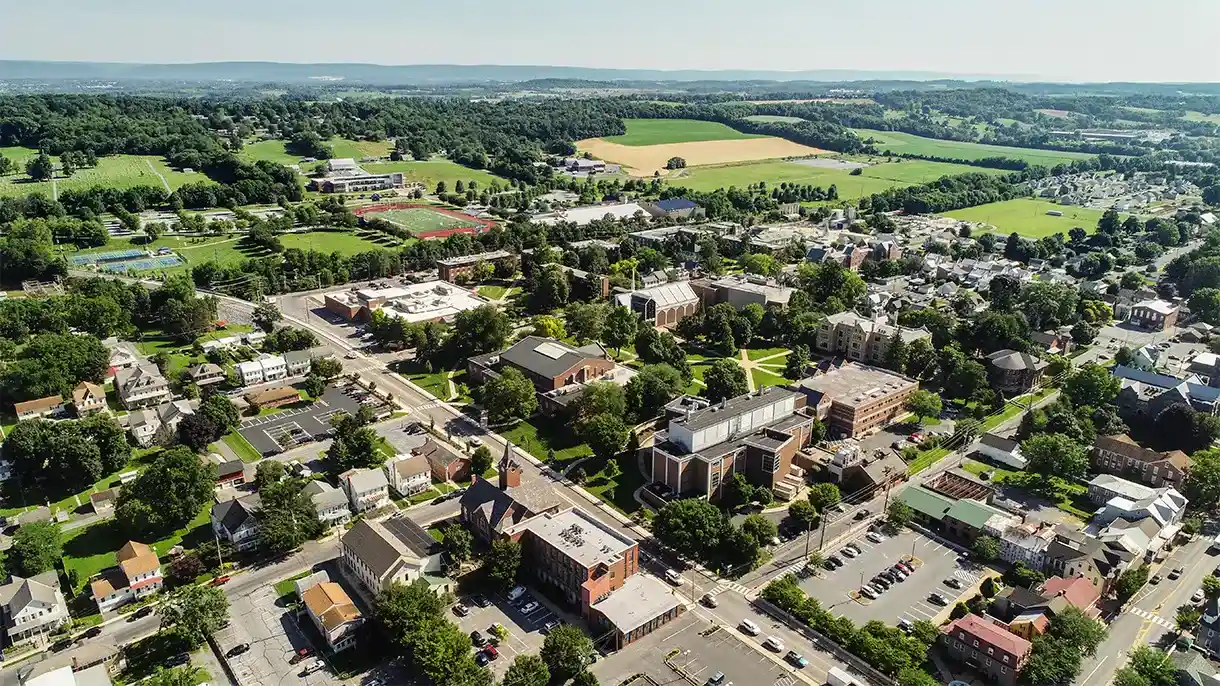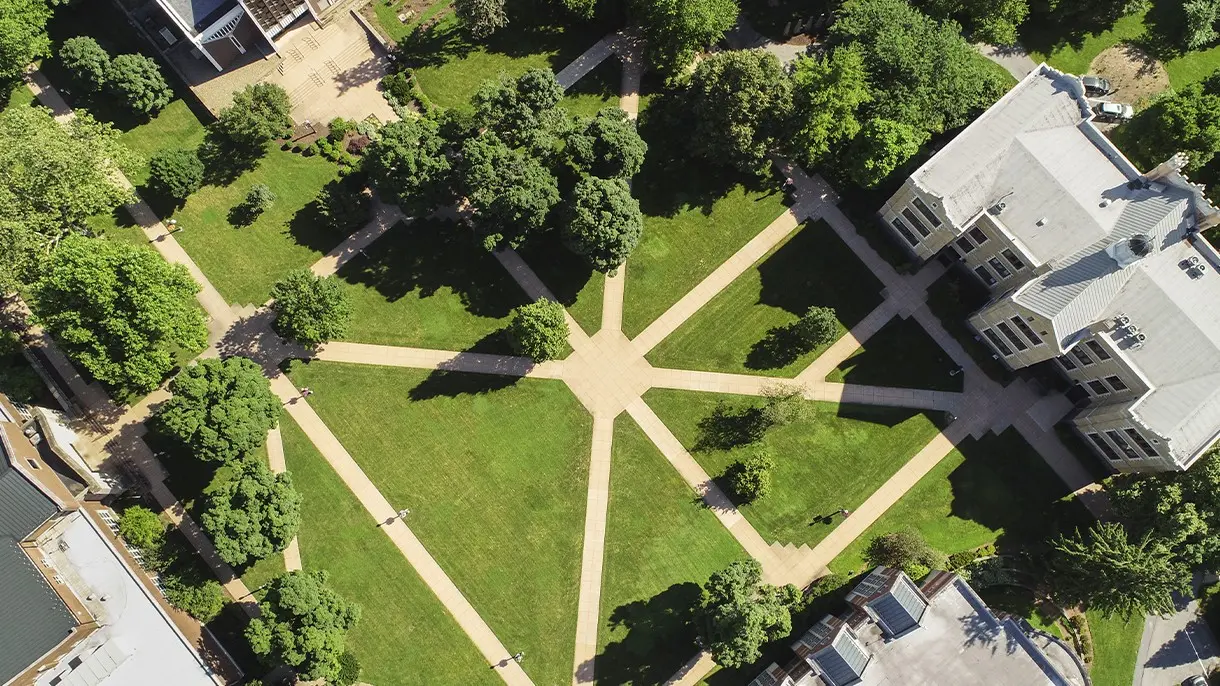Purchasing less items affects the overall production cycle. When a company sees a purchase, that counts as demand. The more demand a company sees for a product, the more they produce, which costs time, energy, and money. The less you purchase, the less demand they see, and thus the less they produce. The same applies to plastic bags. If companies see less of their inventory of plastic bags is dwindling, they will begin to purchase less so they do not spend money on something they do not need. Below, find ways to reduce your purchasing and use reusable bags.
Think about whether or not you really want an item before you click confirm or walk to the register. Ask yourself questions, such as: When/where will I wear this? Where will I put this (decoration)? Do I have anything else that is similar? How many hours would I have to work in order to pay for this item?
Try to avoid impulse purchases at the register (there is a reason stores line their queues with items: think retail, grocery stores, etc.).
Try not to grocery shop when you feel hungry. This keeps you from having an appetite for everything you see and then getting home and having no place to put everything.
Try to avoid “retail therapy” to avoid impulse purchases or over-buying.
Use a reusable bag whenever possible. If you have trouble remembering them, buy a stow-away one that can be kept in a pocket or purse, keep one in the driver side door of your car, or put one in the passenger seat. If you can see it, you’ll remember it. They are also great for packing up dirty clothes after a vacation, packing food for a trip, or transporting items to/from places.


